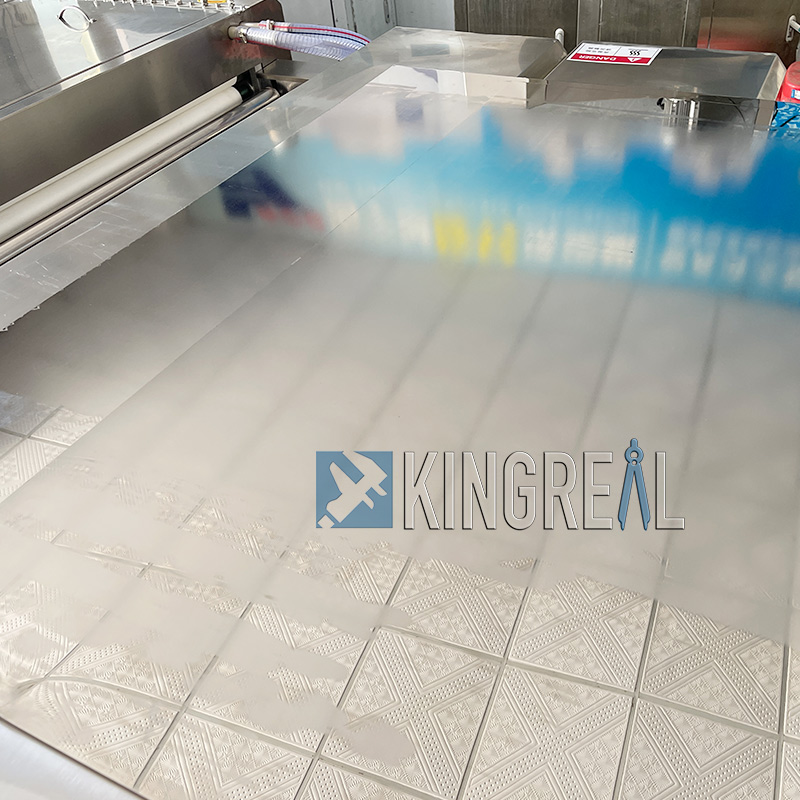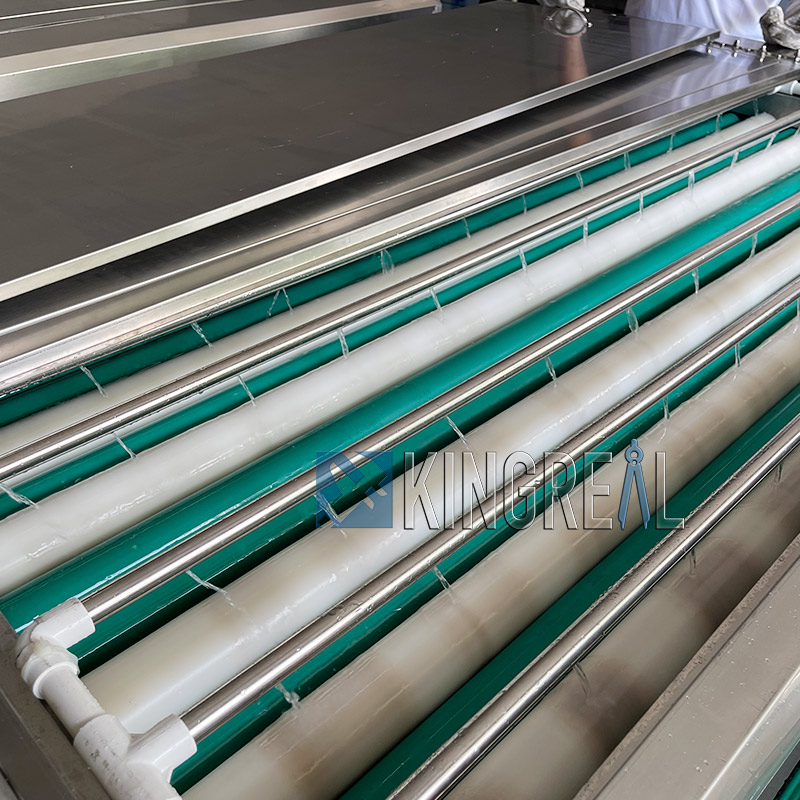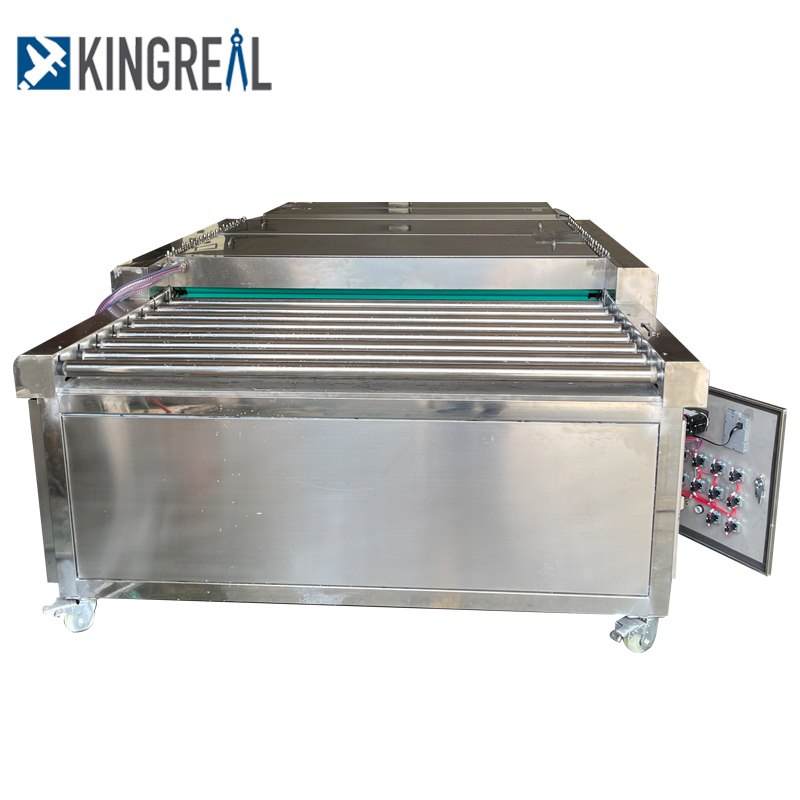Basic classification of degreasing process
Rinse and skim
In this variant, the degreaser is applied to the work-piece under pressure through a nozzle. The surface of the metal is thus washed. This will not only lead to skim. Other residues and dirt, such as chips, are also removed from the work-piece. This type of degreasing involves chemical and mechanical cleaning. However, it is not suitable for sheet metal parts or metal parts with complex shapes, and some sections are difficult to contact.

Bath degreasing
In this form of degreasing, the work-piece is immersed in a solvent. Degreaser removes residues and removes them. However, this does not involve mechanical cleaning. To avoid this problem, additional ultrasound offers a solution. This technology ensures that grease and oil contamination in grooves, cracks and drilled holes are also removed.
This is due to the ability of ultrasonic waves to generate micro and macro vibrations in liquids. For better use of chemicals for degreasing, cascade circuits are also used for immersion baths in some cases. It also reduces water consumption. Depending on the shape of the work-piece and the technology available, it is also possible to combine both jet cleaning and ultrasonic immersion.

steam degreasing
For work-pieces lightly soiled with grease and oil. The degreasing process takes place in the chamber. The solvent is heated to boiling point and the steam is directed onto the cold work-piece. In this case, the steam condenses and the solvent condensate is used to flush the surface.
Vibration cleaning and degreasing
In vibratory cleaning, no chemicals or aqueous solutions are required. Instead, the work-piece is vibrated at a frequency that overcomes the adhesion of grease, oil, chips and other residues to the metal. Dirt and lubricants are "shaken off" and then sucked off. No solvent is required, which has a positive impact on cost and the environment.

Dry degreasing requires neither water nor chemicals. Oils and greases are bound to the zeolite and thus can be removed from the work-piece surface. Since no solvent or water is required, subsequent sheet and metal drying and chemical treatments during dry degreasing are no longer required.














